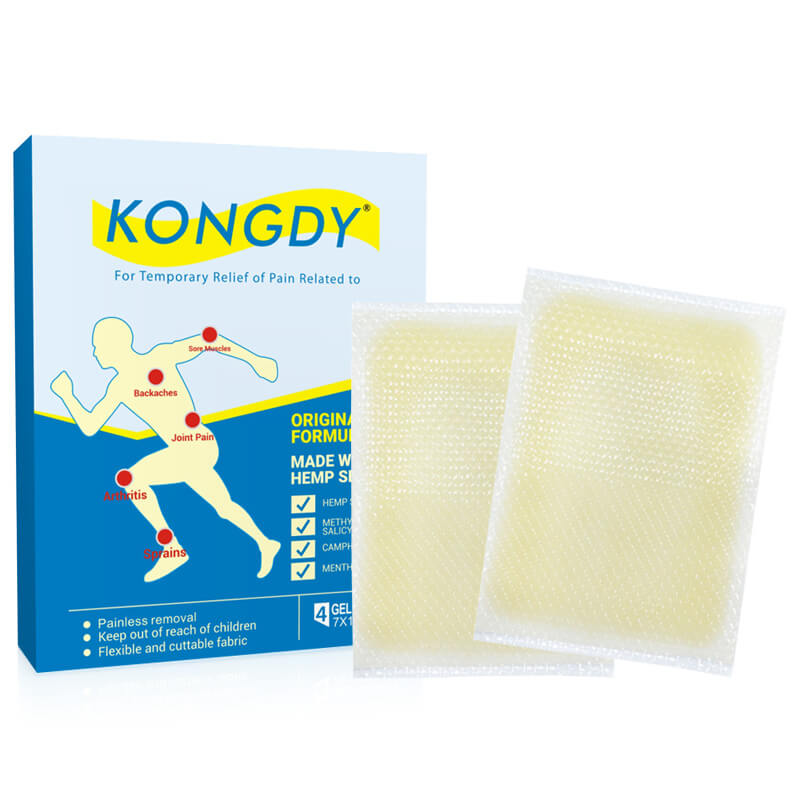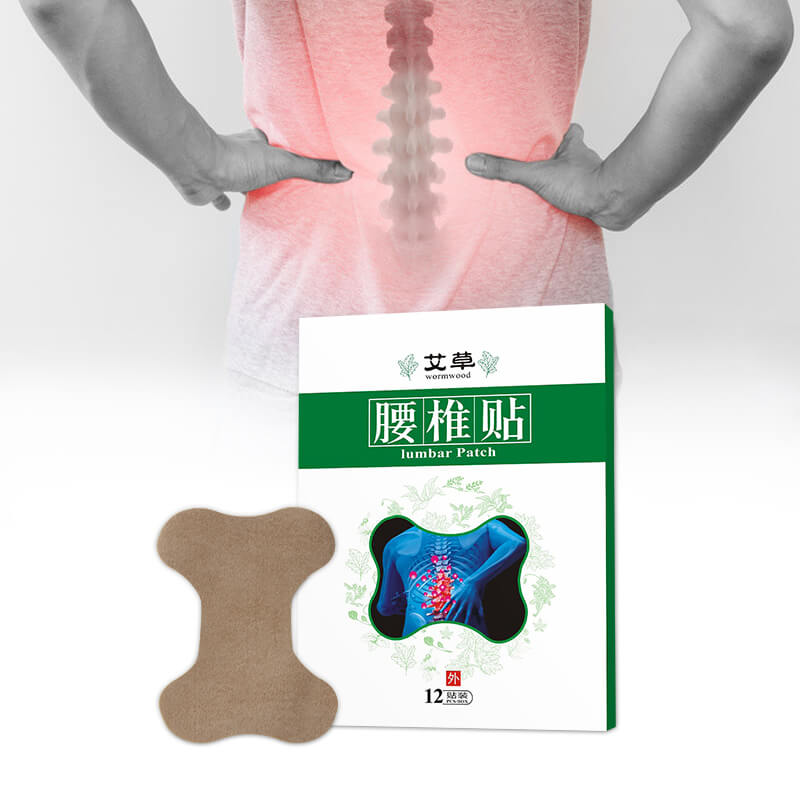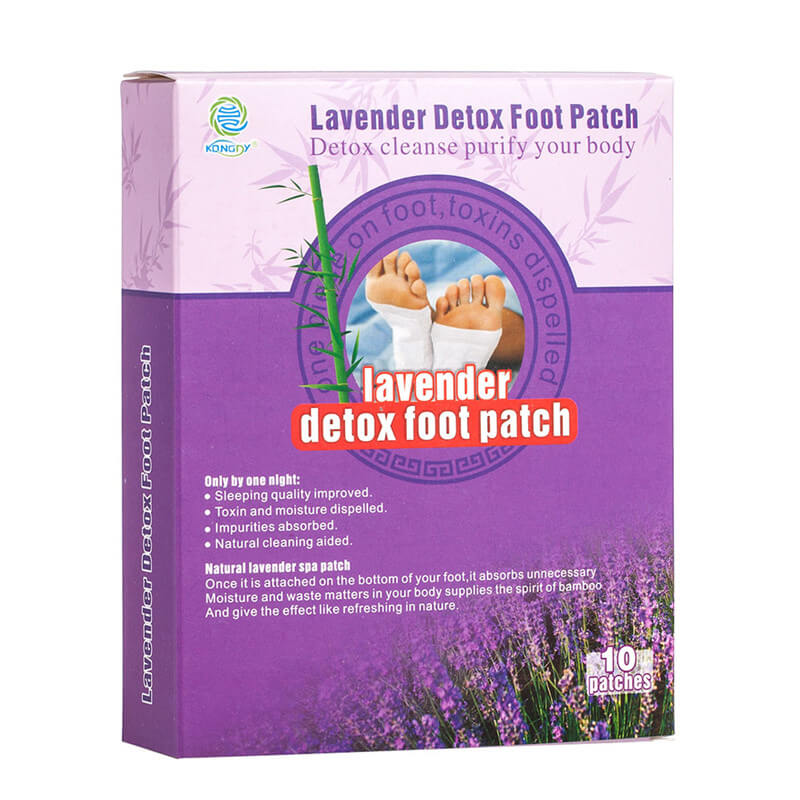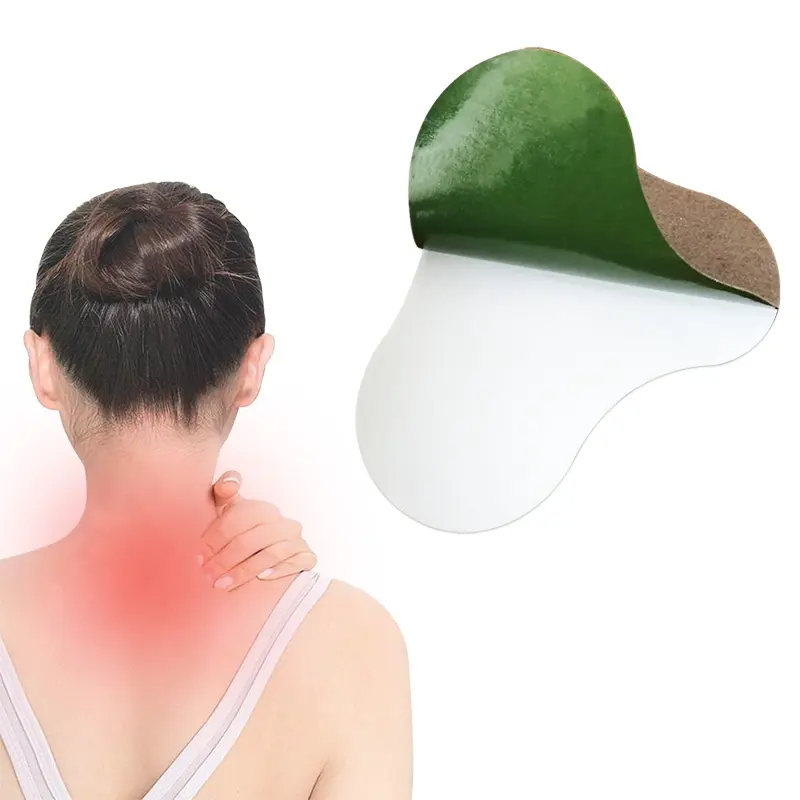
Are Pain Relief Patches Better Than Pills? The Pros and Cons
Release time:2023-10-02 Click:136
When recovering from surgery or dealing with injuries, pain management is crucial. While oral pain medication in pill form is commonly prescribed, using pain relief patches is another option. But are transdermal patches actually better than popping pills? There are pros and cons to both methods.
01. What Are Pain Relief Patches?
Pain relief patches are adhesive patches placed on the skin that contain pain medication. Ingredients like lidocaine, diclofenac, fentanyl or buprenorphine are absorbed through the skin into the bloodstream over 12-24 hours. This provides steady pain relief without needing to take frequent oral doses.
02. Pros of Pain Relief Patches
There are some advantages to using transdermal patches rather than oral medication:
Steady Absorption - Patches provide consistent pain relief and avoid peaks and valleys in medication levels.
Less Impact on Digestion - Bypassing the digestive tract can mean fewer side effects like nausea.
Easier to Use - Patches just need to be applied, which is simpler than taking pills if a patient has dexterity issues or trouble swallowing.
Prevent Overdose/Underdose - With a single application lasting 12-24 hours, patches simplify pain medication dosing.
03. Cons of Pain Relief Patches
Skin Irritation - The adhesive can cause redness, rash or itching for some users.
Inflexible Dosage - It's not as easy to increase or reduce the dosage compared to pills.
Slow Onset - It can take a few hours after applying for the medication to take effect.
Difficult Removal - Taking off a patch cleanly after 24 hours can be tricky.
So are pain relief patches better than oral pills? The answer depends on your specific circumstances and needs. Talk to your doctor about whether patches or medication tablets make more sense for managing your post-surgery pain or injury discomfort.
Hot products

CBD Pain Relief Patch

Lumbar Plaster Pain Relief Patch

Lavender Detox Foot Patch

Cervical Vertebra Pain Relief Patch
Tel:0086-18939260319
E-mail:kongdycn201810@gmail.com
